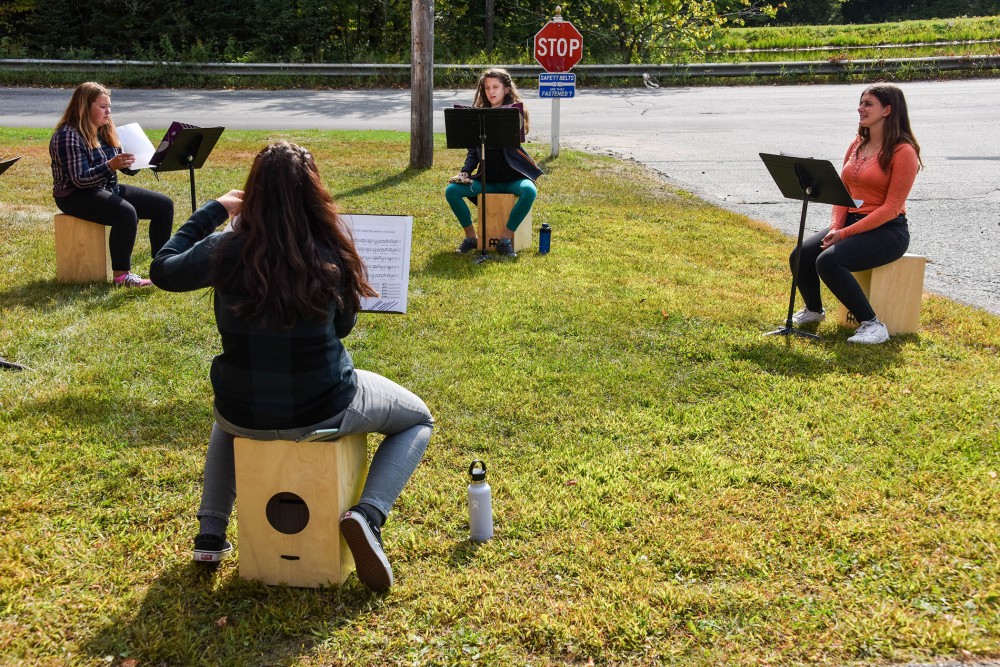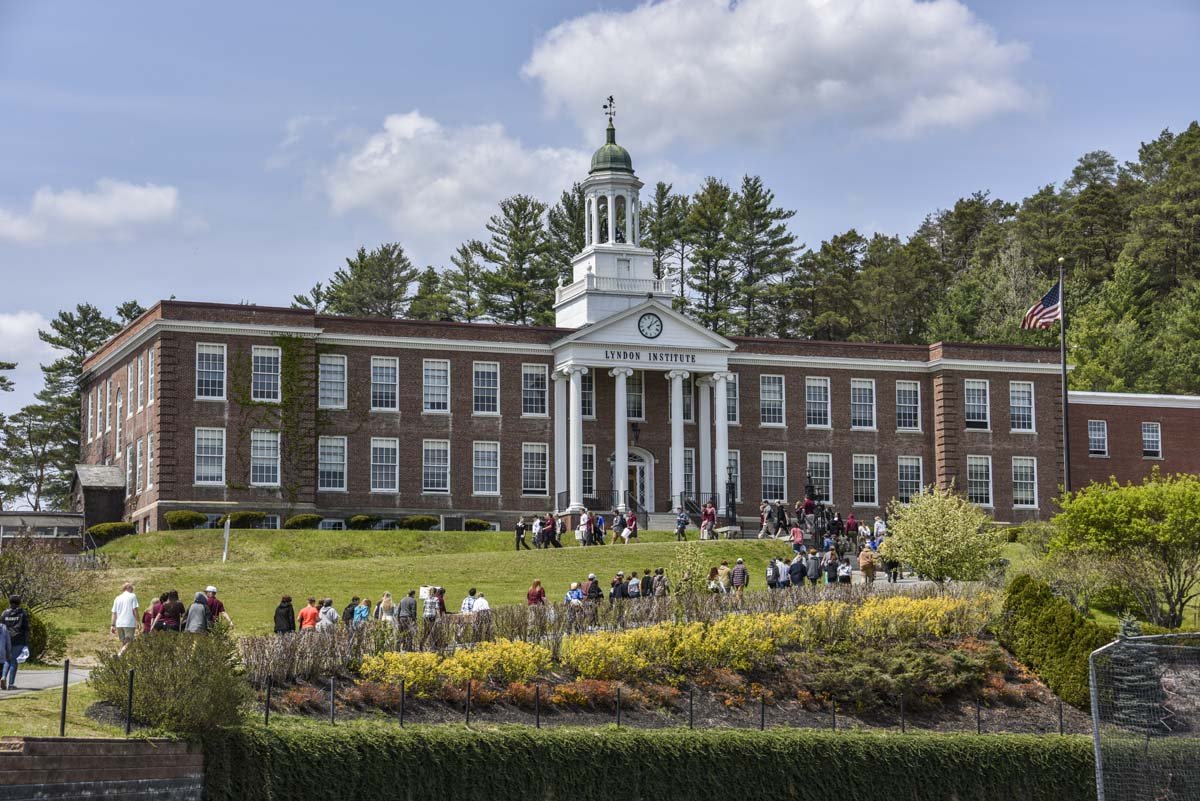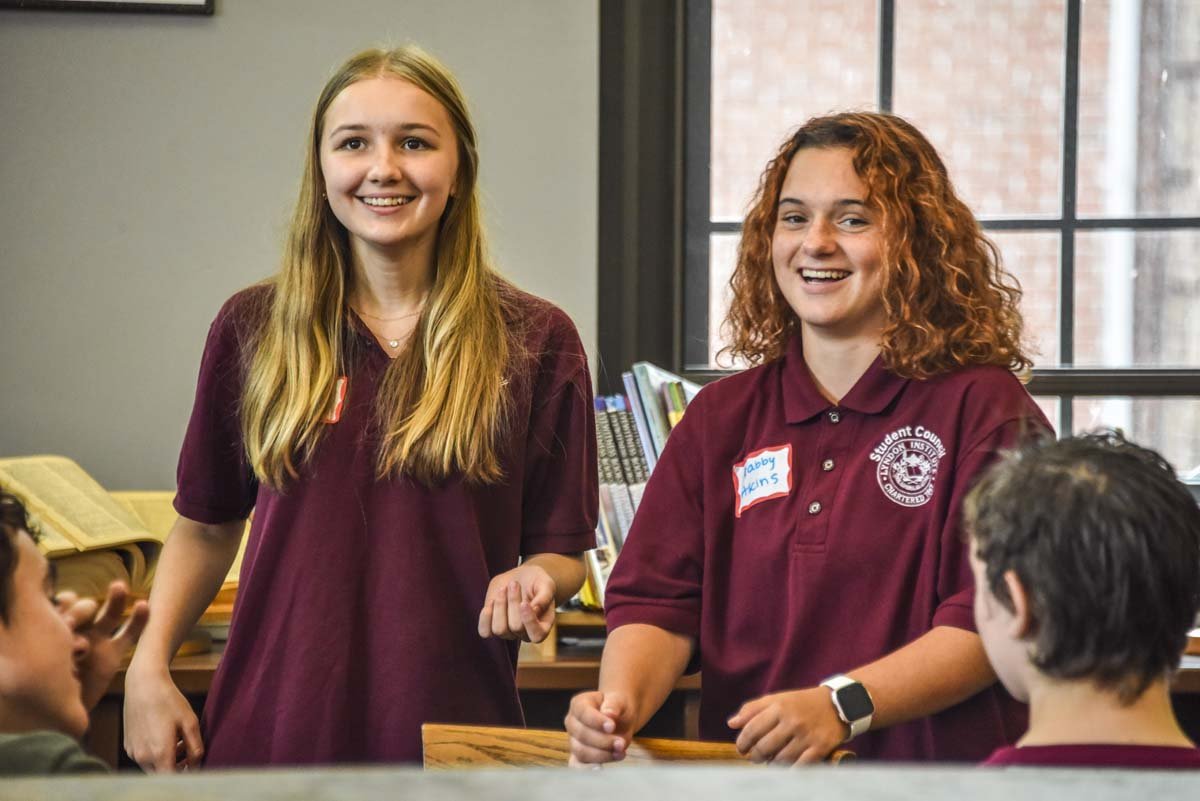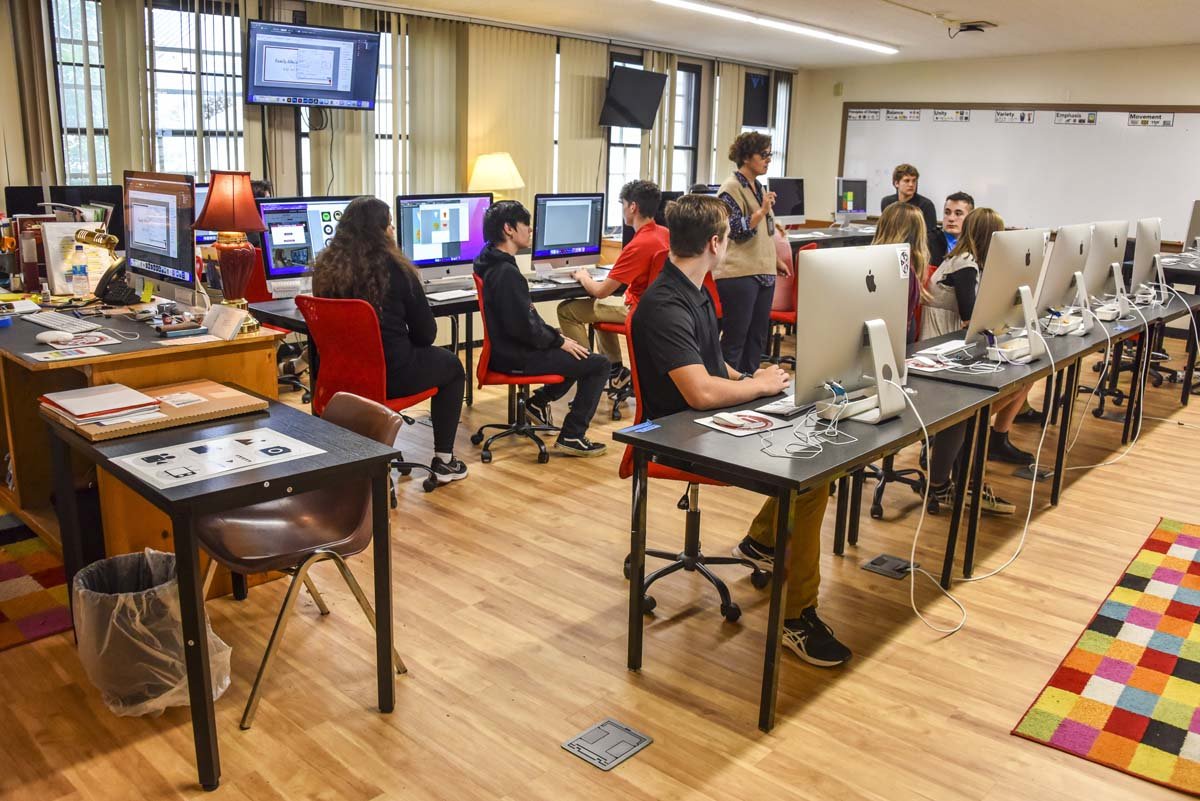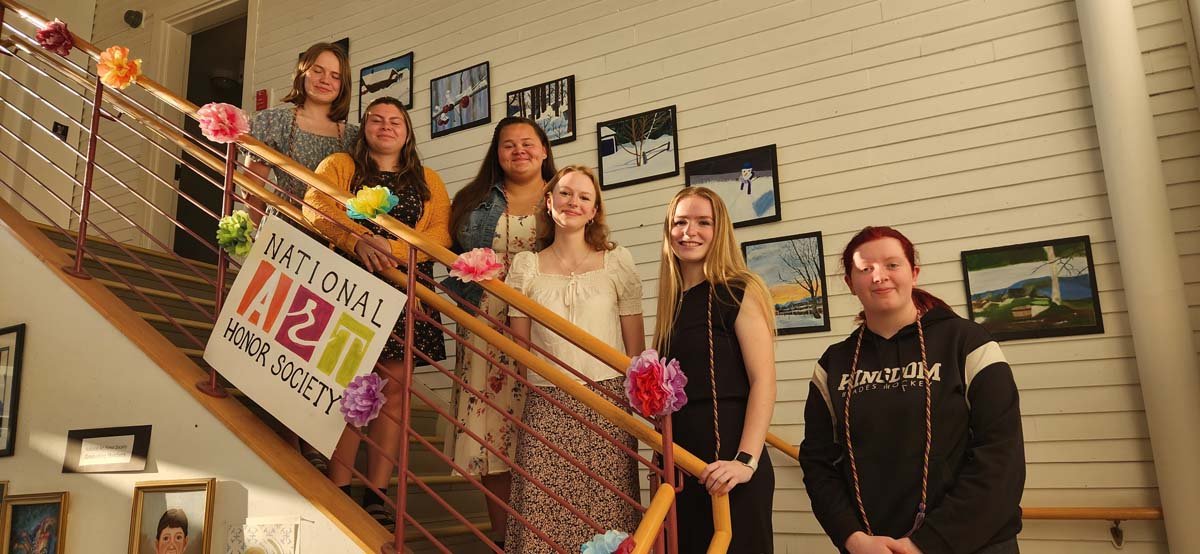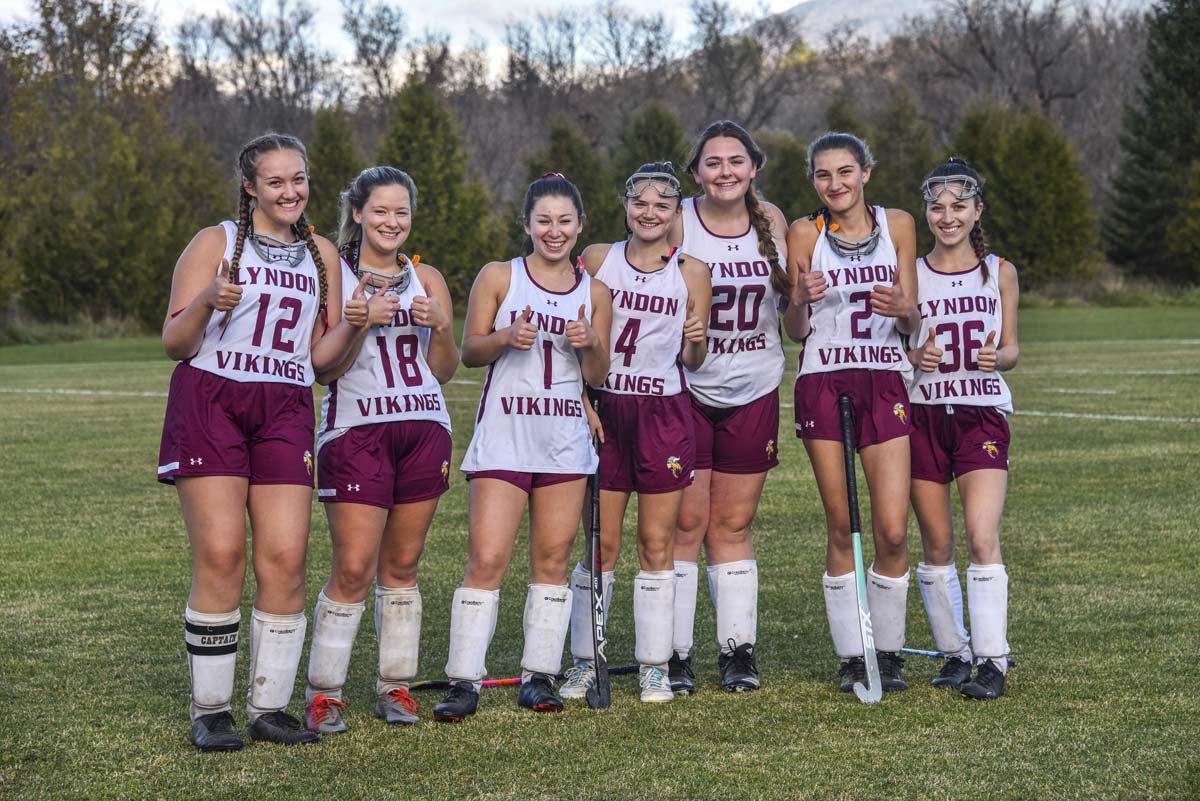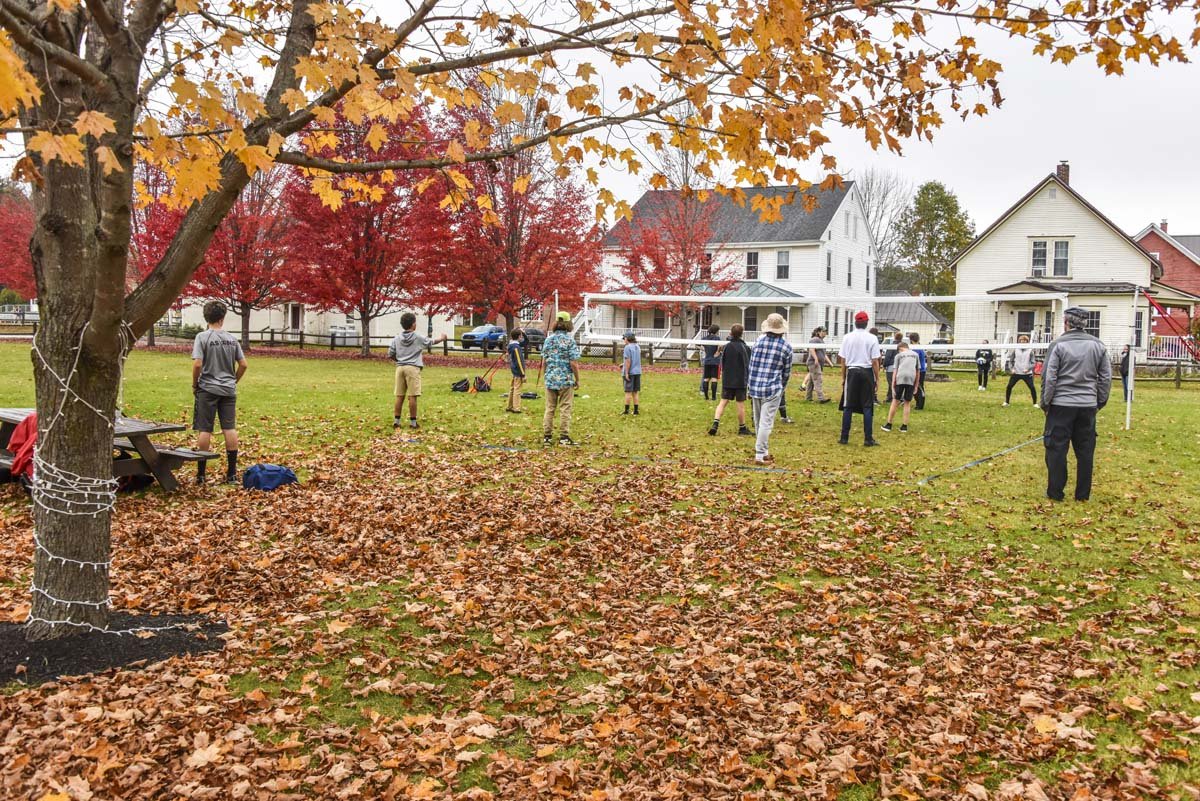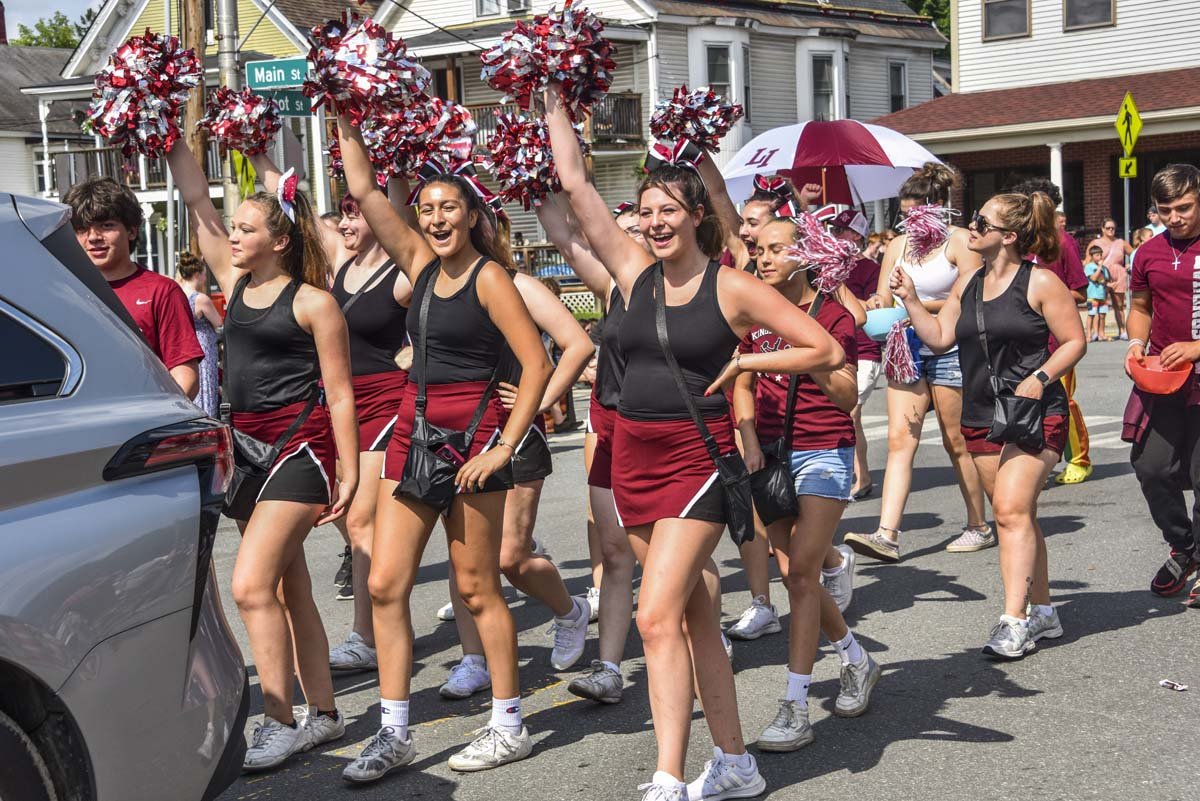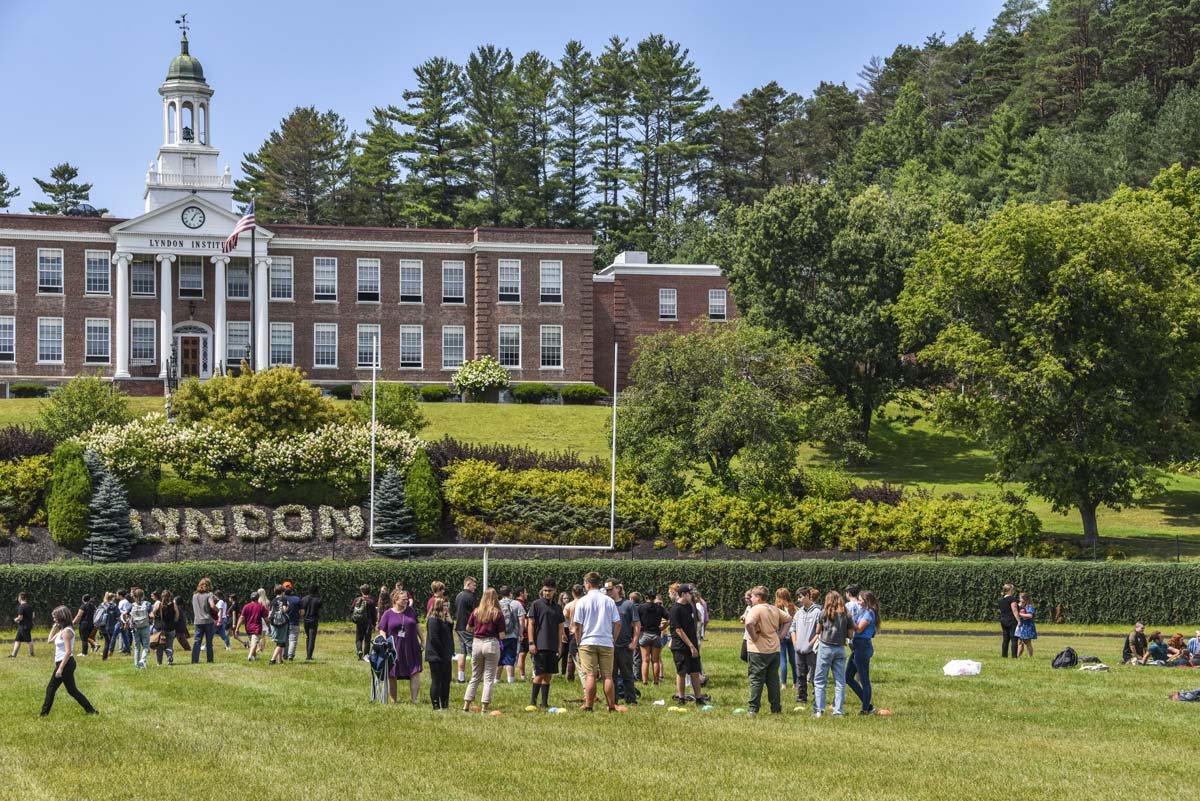- Our School
- Admissions
-
Academics
- Divisions and Faculty
- Commencement 2024
- January Term
- International Program (ESOL)
- College and Career Counseling
- Upward Bound
- Library/Monahan Academic Commons
- Career/Technical Education
- Lyndon Learning Collaborative
- Flexible Lyndon Institute Pathways (FLIP)
- Specialized Instruction
- Adult Continuing Education
- Lyndon Institute Course Catalog
- Student Services
- Arts
- Athletics
- Campus Life
- Support LI
- Alumni
« Back
Class Acts: A New Song and Dance for Autumn
December 7th, 2020
By David Stahler Jr.
We all know too well how COVID has challenged the way our communities function, schools in particular. While it was fortunate that last year’s shutdown came toward the latter part of the academic year, not gathering together in person for nearly three months and adapting to online learning on the fly was still something none of us in education hope to go through for any length of time ever again. Returning to Lyndon Institute this fall, even in a hybrid model, has brought a welcome taste of normalcy—as normal as anything can be these days.
But there are still challenges. Seeing students in person only a few days a week puts limits on what you can accomplish despite the technology that has opened up online learning. Teachers have done their best to adapt to the restrictions, to find creative solutions, and, where necessary, to make concessions to reality and accept what they cannot always control. And there have been pleasant surprises—the masks that many dreaded wearing at the start of the year have turned out to be not so bad, with universal compliance and a level of buy-in among the student body that has kept our community safe and become its own show of school spirit. And if anything we’ve come to appreciate more than ever the time we do get to spend together at school, both in the classroom and beyond.
Perhaps no area of our school’s curriculum has been as hard hit as the performing arts. By their very nature, dance, music, and theater are communal experiences, in normal times drawing people into studios and auditoriums. Their end goal is production and public performance and often requires the kind of closeness and physicality that can be difficult to navigate in the midst of a pandemic. But perhaps no other subjects have done as good a job as dance and music—two popular programs with rich traditions at LI—in overcoming these challenges.
Lyndon Institute’s dance instructor, Rebecca McGregor, acknowledges the difficulties her program has faced. “Most of it,” she says, “comes down to the students’ disappointment about not being able to have recitals.” To address that loss, McGregor has been filming student choreographies throughout the fall (which can now be viewed online at www.lyndoninstitute.org/arts/dance/2020-2021-dance-videos) for the school community—and beyond—to enjoy. In the meantime, she’s worked to find other ways to give her students a good arts experience and, in the process, has discovered some unexpected opportunities.
I wanted to see one of those opportunities in action. Tracking down McGregor’s Jazz Dance class turned out to be a small challenge of its own, taking me to a part of campus I’d never visited before. It was a gorgeous afternoon. The sun was warm and gold, a rare treat for the middle of November. A line of dancers spread out across a land-bridge on the far side of Lyndon Institute Pond below Gateway Cottage, across the road from the main part of campus. Through the bare trees I could see the Diversified Agriculture Program’s recently-built sugarhouse. Despite the unusual location, it seemed like business as usual. McGregor gave her instructions and set the dancers to work, spreading out across the grassy berm and going through their movements in unison.
I asked one girl—a sophomore named Hailey—how she thought things were going with meeting in person only two days a week.
“Not bad,” she said. “We have a bi-weekly skills test, which we develop into choreography. We go through the movements on the first day of class together and usually rehearse for practice on the second day together. It’s different but still fun!”
And as for dancing outdoors? “It’s a little hard dancing on grass,” she acknowledged. “More resistance than our wooden studio floor in the Town House.” “A good opportunity to develop core strength and balance for technique, as well as explore how to fill space and project for artistry,” McGregor explained afterward. For her, these small challenges are just new opportunities for growth.
On rainy days, dance classes still use the Town House studio, with taped grids across the floor giving each masked dancer their space to work while avoiding close contact. “However, dancing aerobically inside is discouraged,” McGregor explained, “so as much as possible, we go outdoors.” Having a large campus has provided all kinds of opportunities to explore different spaces. “They are dancing on the football field, on bleachers, next to vines under trees, against a brick backdrop, at the footbridge and the sandy areas by the river, and on the nature trail behind the school.”
And around the ponds, as I discovered, in part to embrace the water theme that’s informed some of her dancers’ choreographies. Yes, there is disappointment about not being able to hold recitals, but moving outdoors has offered a refreshing change. McGregor noted that not having the pressure of preparing for a major recital has opened her program up to greater personalization with a renewed focus on intention in work and learning, as well as transferable skills. And the shift to dancing outside and directly incorporating the environment into her lessons has allowed her to integrate new themes into her dancers’ choreographies.
For Susanne Norwood, who oversees both LI’s vocal and instrumental programs, the challenges have perhaps been even greater. Both the Vermont Department of Health and Agency of Education have placed strict guidelines on indoor singing, even with masks, making it practically impossible to hold normal choral practices. Band class, which will be offered next semester under Lyndon Institute’s new block schedule, faces similarly stringent restrictions.
Like McGregor’s dance classes, Norwood’s chorus classes have taken as much advantage as possible of the outdoors. Moving from the subterranean band room to the lawn outside the auditorium, her singers circle up and spread out to give each other space. Like dancing on grass, singing in the open air that so easily disperses sound is a challenge, so Norwood, like McGregor, has capitalized on the school’s architecture, finding more enclosed spaces to rehearse where the main building’s brick walls and glass breezeways can help contain her singers’ voices while still providing adequate ventilation to keep singers safe. The adjustment has led to some unexpected benefits, especially on warmer days with open windows, allowing for some informal performances in a year of cancelled concerts.
For science teacher Jill Nichols, from her back corner classroom on the third floor, the discovery was a delight. “Oh, my gosh!” she said, “The first day I heard the chorus singing, I poked my head out the window, thinking, what is going on? At first it was just choral warm ups, but the sounds were a breath of fresh air. Then, when they started singing the more complicated Renaissance pieces with three-part harmony, it gave me such a warm feeling. I love music and really miss hearing our students sing and perform. Hearing them outside my window was a real treat.”
On rainy days, choral students work indoors. With the limitations on indoor singing, students use much of the time to pursue project-based learning, some of which includes developing their general skills by practicing on the piano and other instruments, developing musical literacy and, in some cases, picking up a new instrument in the process.
The new hybrid schedule has opened up another opportunity—remote music lessons over Zoom. Though band class is still a couple of months away, students have already been spending the semester taking private lessons with Norwood from their homes during their online days in preparation, something that is harder to do when students are in school full-time and have less flexible schedules. I asked her if it was hard teaching music lessons online. To my surprise, the answer was no.
“It’s been awesome, actually,” she said. “It’s really not that much different than teaching lessons in person. And it has the added benefit of not having to sit close beside someone and stress about COVID restrictions or safety protocols.” It also means student and teacher can communicate without masks, a refreshing change from what has become the new, if temporary, normal.
Perhaps best of all, the new normal hasn’t gotten in the way of Norwood introducing a new program this year, one that’s become a surprise hit: Piano Lab. For Norwood, who focused on piano in her music studies at Syracuse University, it’s given her an opportunity to embrace her specialty. Unlike singing or playing wind instruments, playing piano is unaffected by masks, and students gathering in the band room—both novices and experienced players alike—can work at their stations under Norwood’s guidance.
No one would suggest that this fall semester has been ideal. Everyone looks forward to the day when the new normal is but a memory. But adversity can lead to inspiration, and different doesn’t have to mean worse. And while public performances can be powerful motivators, for most students the joy of creating something beautiful is what draws them to take these classes in the first place. Through their innovation, McGregor and Norwood have found new ways to keep this vital spark alive in a difficult time.
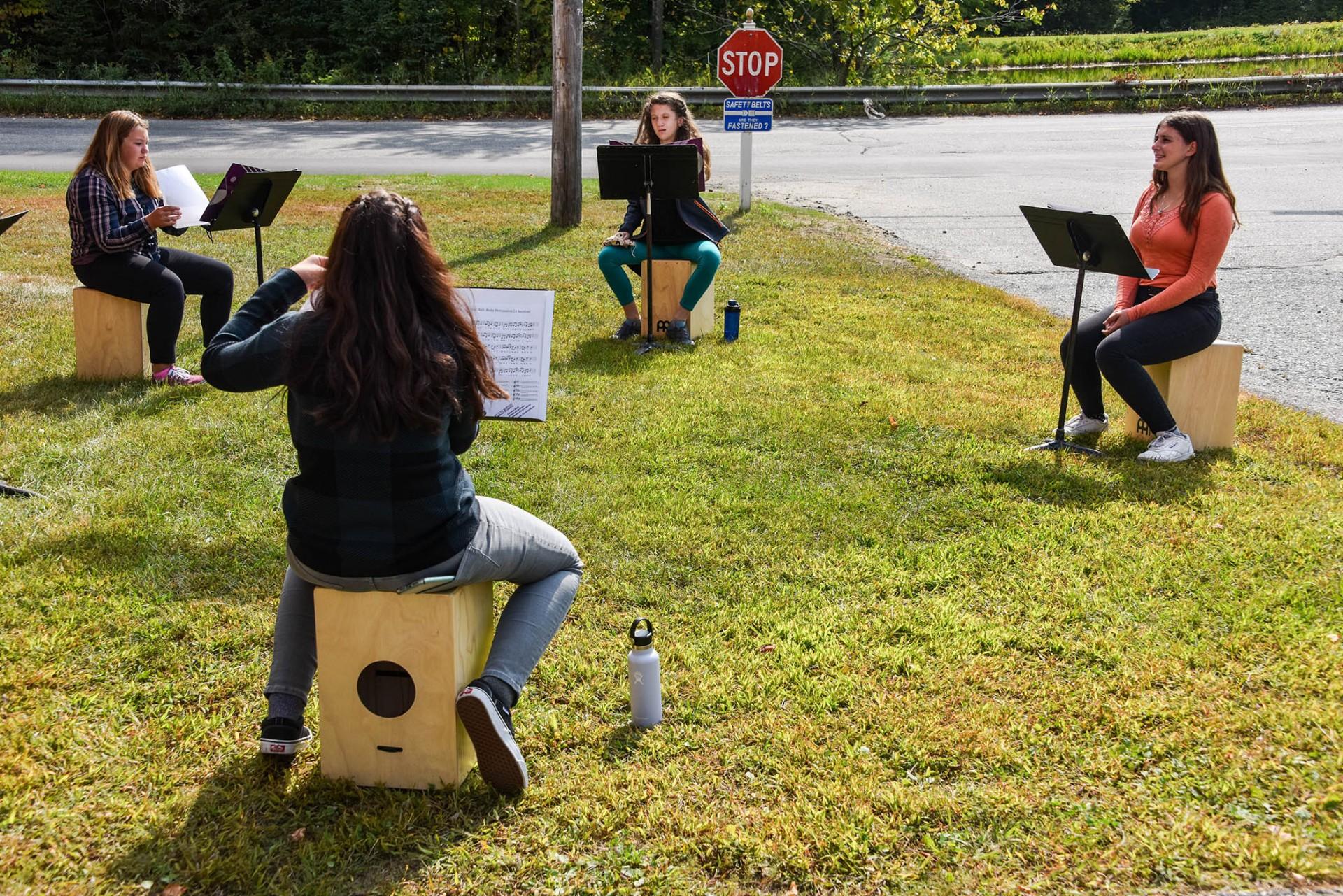 Caption: Music students rehearse outside on the Lyndon Institute campus during the fall of 2020. Photo by Javin Leonard - Lyndon Institute.
Caption: Music students rehearse outside on the Lyndon Institute campus during the fall of 2020. Photo by Javin Leonard - Lyndon Institute.
.jpg?v=1607389680557) Caption: Students in LI’s Dance program are photographed here next to Lyndon Institute Pond rehearsing a performance during the fall of 2020. Photo by David Stahler Jr. - Lyndon Institute.
Caption: Students in LI’s Dance program are photographed here next to Lyndon Institute Pond rehearsing a performance during the fall of 2020. Photo by David Stahler Jr. - Lyndon Institute.
Posted in the category Front Page.

